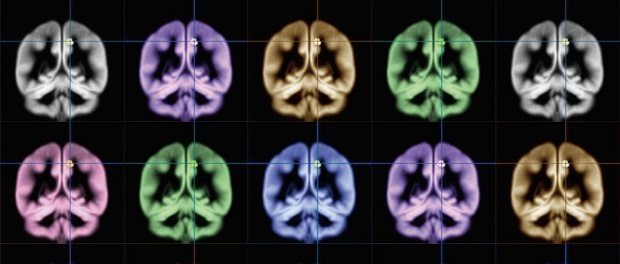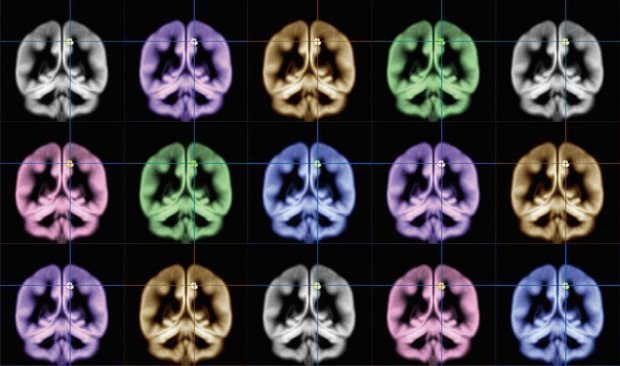[dropcap style=”font-size:100px; color:#992211;”]C[/dropcap]ollecting, collating, codifiying and, inevitably, commodifying happiness.
With the help of MRI scans, our overlords in the world of business and retail can now count on hard data to back up the boardroom willywaving and emotional traction leverage.
*Flees to Bhutan*
Exercising, meditating, scouring self-help books… we go out of our way to be happy, but do we really know what happiness is?
Wataru Sato and his team at Kyoto University have found an answer from a neurological perspective. Overall happiness, according to their study, is a combination of happy emotions and satisfaction of life coming together in the precuneus, a region in the medial parietal lobe that becomes active when experiencing consciousness.
People feel emotions in different ways; for instance, some people feel happiness more intensely than others when they receive compliments. Psychologists have found that emotional factors like these and satisfaction of life together constitutes the subjective experience of being “happy”. The neural mechanism behind how happiness emerges, however, remained unclear. Understanding that mechanism, according to Sato, will be a huge asset for quantifying levels of happiness objectively.
Neural Structures of Happiness
Sato and his team scanned the brains of research participants with MRI. The participants then took a survey that asked how happy they are generally, how intensely they feel emotions, and how satisfied they are with their lives.
Their analysis revealed that those who scored higher on the happiness surveys had more grey matter mass in the precuneus. In other words, people who feel happiness more intensely, feel sadness less intensely, and are more able to find meaning in life have a larger precuneus.
“Over history, many eminent scholars like Aristotle have contemplated what happiness is,” lead author Wataru Sato said. “I’m very happy that we now know more about what it means to be happy.”
So how does that help us? Sato is hopeful about the implications this has for happiness training.
“Several studies have shown that meditation increases grey matter mass in the precuneus. This new insight on where happiness happens in the brain will be useful for developing happiness programs based on scientific research,” he said.
Source: Eurekalert/Kyoto University
Image: Kyoto University

Some of the news that we find inspiring, diverting, wrong or so very right.





















